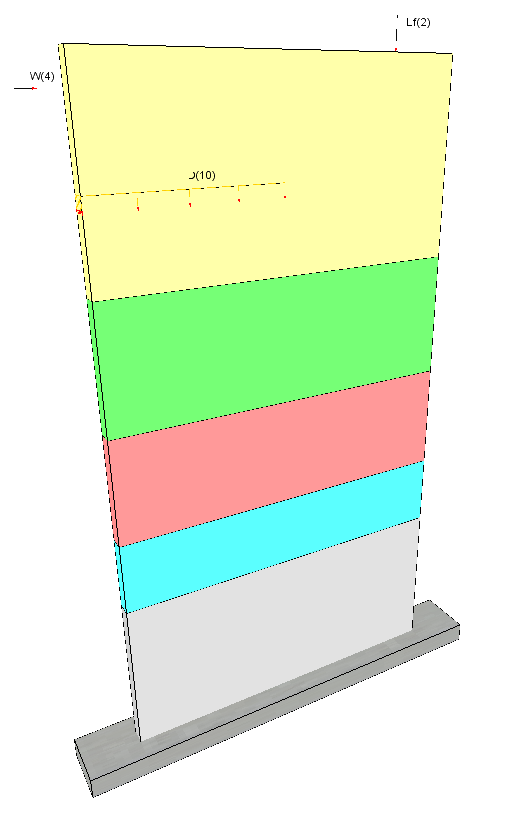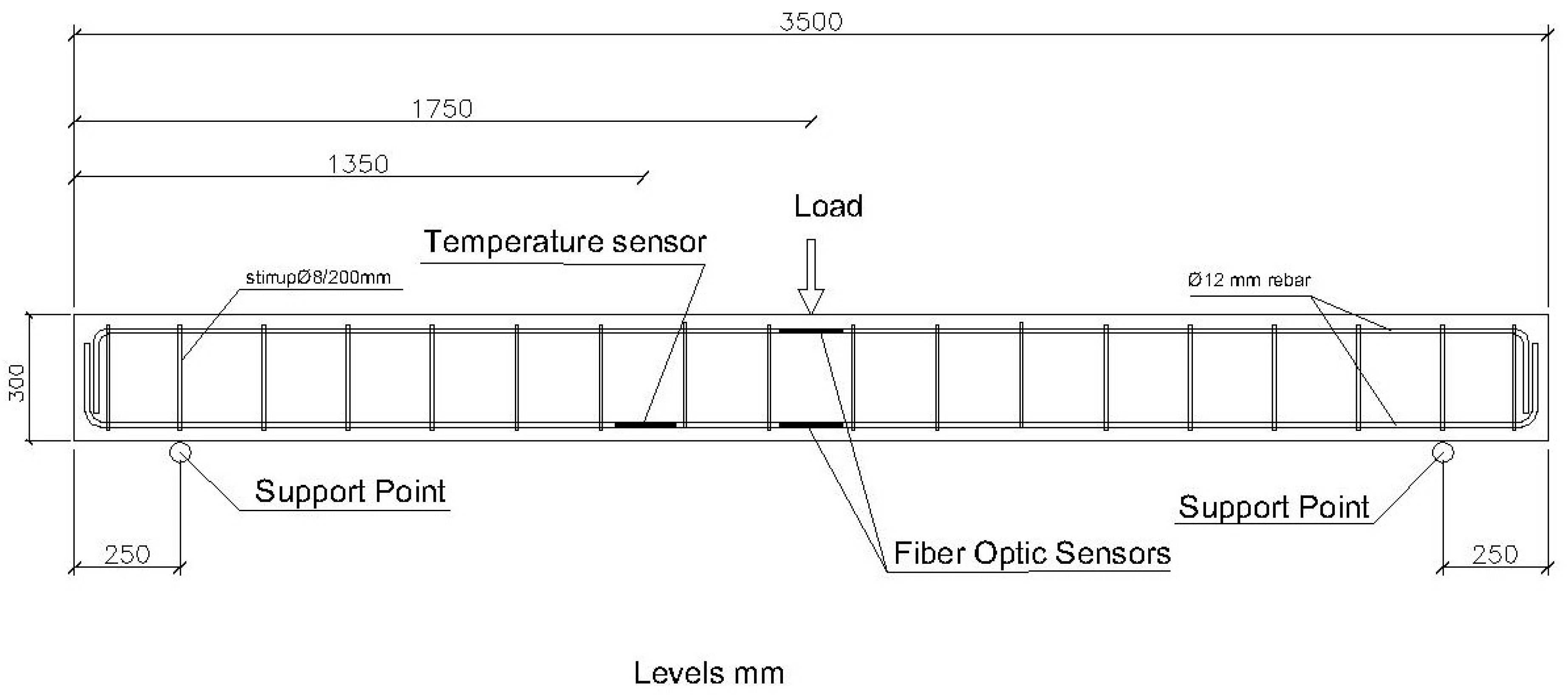
Most engineers simply check this values against ACI 318 Table 9.5(b), since this will always result in safe and conservative design. The procedure indicated above results on total long term deflection over time. The difference between Case 1 and Case 2 represents the incremental deflection (without creep and shrinkage) due to non-sustained loading on a cracked structure. The value of total long-term deflection is then the linear combination of Case 3 + (Case 1- Case 2). Case 2: Cracked analysis for permanent load with short-term concrete modulus is given as DEAD + SDEAD + Ψ LLIVE, in which Ψ L = 0.25 (Ψ L = 0 if 100% of the LIVE load is non-sustained)Ĭase 3: Long-term cracked analysis (with creep and shrinkage) for permanent load with long-term concrete modulus is given as DEAD + SDEAD + Ψ LLIVE, in which Ψ L = 0.25.Case 1: Cracked analysis for short-term load with short-term concrete modulus is given as DEAD + SDEAD + Ψ sLIVE, in which Ψ s = 1.0.NOTE: Long-term concrete modulus = Age-adjusted concrete modulus Ec(t,to), given as:įor example, assume that 25% of the LIVE load is sustained. Creep and shrinkage are included only in this sustained portion of analysis because these effects are only applicable under sustained loading. Sustained portion, in which long-term cracked analysis considers the sustained loading from DEAD, SDEAD, and a portion of the LIVE load. Non-sustained portion, in which cracked-section analysis considers only the non-sustained portion of LIVE load, solving for incremental deflection.Long-term cracked deflection, in which analysis is divided into the following two categories: Immediate cracked deflection, in which all loads (DEAD + SDEAD + LIVE) are applied in a single load pattern, then analysis is run with the Crack Analysis option.

All load patterns are applied in a single load case which uses either immediate or long-term cracked deflection, discussed as follows:.



 0 kommentar(er)
0 kommentar(er)
